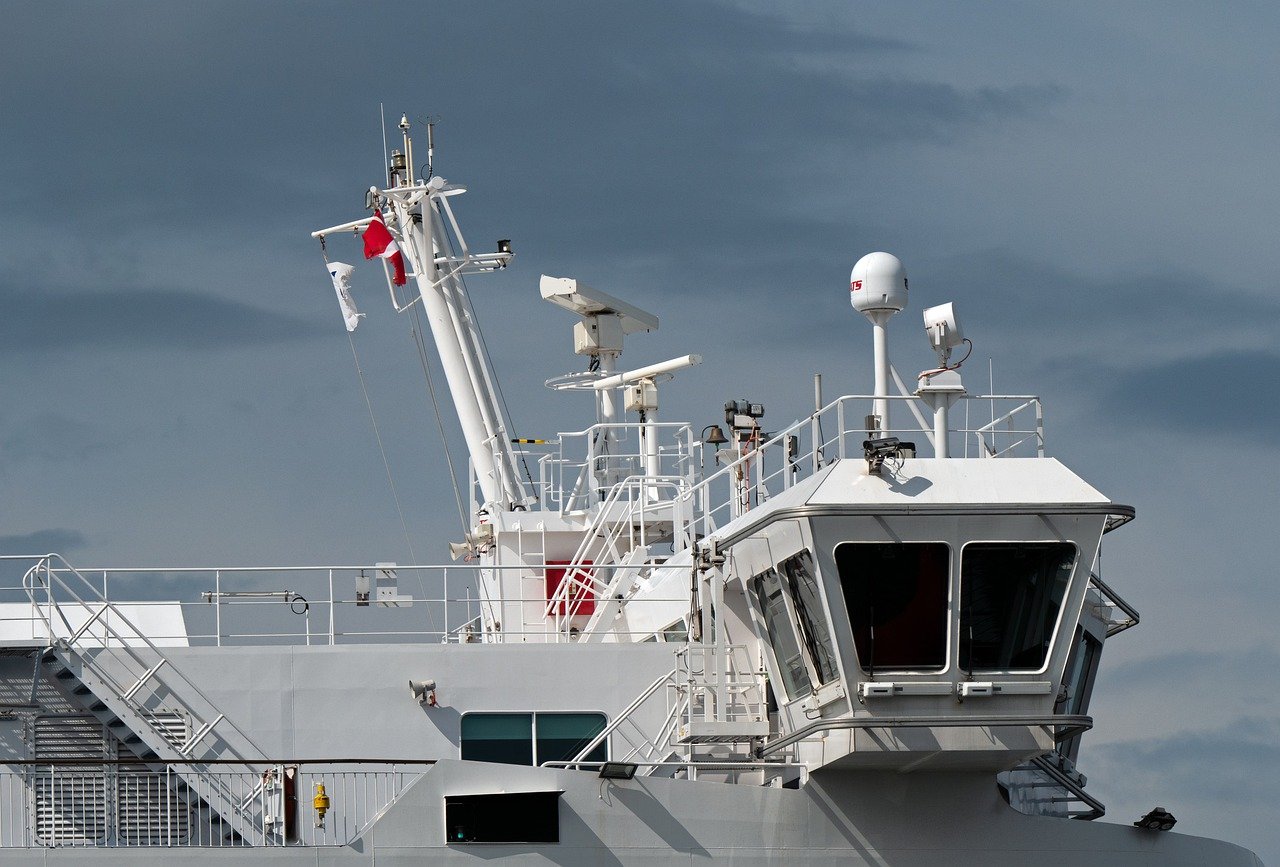Currently Empty: ₹0.00

SONAR (sound navigation and ranging) is a technique that uses sound propagation (typically underwater, as in submarine navigation) to navigate, communicate with, and identify things on or beneath the water’s surface, such as other vessels.
In this technology, a powerful ultrasonic wave is sent from the ship to the ocean’s bottom to determine its depth. After being reflected from the seafloor, this ultrasonic wave is received. After reflection, the time interval t for sound waves to travel from the source to the receiver is registered. The distance travelled by an ultrasonic ray is calculated using the equation 2d=vt, where v represents the sound velocity. The depth d can be estimated using this information.
There are two forms of sonar: passive and active.
Active sonar — a sound is made (or pinged) by a projector, and the resulting sound waves travel through the sea to the target, where they are returned as sonar echoes to a hydrophone, which transforms the sound into electricity.
Passive sonar works by detecting the sound emitted by the target. This is a one-way transmission, with the sound being picked up by a hydrophone and converted into electricity.
A sophisticated signal processing system translates these noises (electrical impulses) for use in a modern sonar system that tracks the target’s position.
Sonar is nothing more than an echo. When an animal or machine creates a noise, sound waves are emitted into the environment. Those waves bounce off neighbouring objects, with some bouncing back to the source of the noise. When your voice bounces back to you from a canyon, it’s those reflected sound waves that you hear. Reflected waves can be used by whales and specialised equipment to detect distant objects and perceive their shape and movement.
Low-frequency sonar has an amazing range. Dolphins and whales can distinguish between things as small as a BB pellet from a distance of 50 feet (15 metres), and they rely on sonar rather than sight to locate food, family, and direction. The military is testing LFA sonar that can travel thousands of kilometres and cover 80% of the world’s oceans by broadcasting from only four locations. Both whales and the military employ a frequency of between 100 and 500 Hz. Whales send out signals between 160 and 190 decibels, whereas the Navy has tested sonar waves up to 235 decibels.

Applications of Sonar
In the Marine Corps, sonar is utilised for a variety of purposes, including determining the depth of the sea, locating lost ships, and ensuring military security. Let’s delve a little more into SONAR’s main applications.
Naval Forces/Military
In both active and passive forms, sonar is widely used in naval combat. Submarines employ sonar to help them hide when a ‘echo’ or sound wave is detected. This aids in the detection of adversaries. Sonar is used to detect Frogmen, which is one of the most popular applications of the technology (a combat scuba diver who is from the Police or Military service).
Passive sonars are also utilised for underwater communication because they are “quiet” listeners, which gives it an advantage. It has a longer range and can detect the target’s noise because each engine creates a different sound. Sonar can also be used to pinpoint the exact spot of a plane crash in the sea.
Submarines
Another key aspect of Sonar’s various applications is the extent to which submarines employ it. When the submarine commander detects a clear signal, he or she can go faster without having to worry about the submarine’s noise, making it a safe move. Active sonars are utilised in loud circumstances, platforms, and fast movement because they can detect the person or ship sending the signal.

For the purpose of fishing
Modern commercial fishermen use Sonar to detect fish, making it a popular application of the technology. Sound waves move at different speeds, and some of them pass through the fish bladder due to differences in density. Anglers can use such reflections to identify distinct schools of fish in the water and catch them accordingly.


